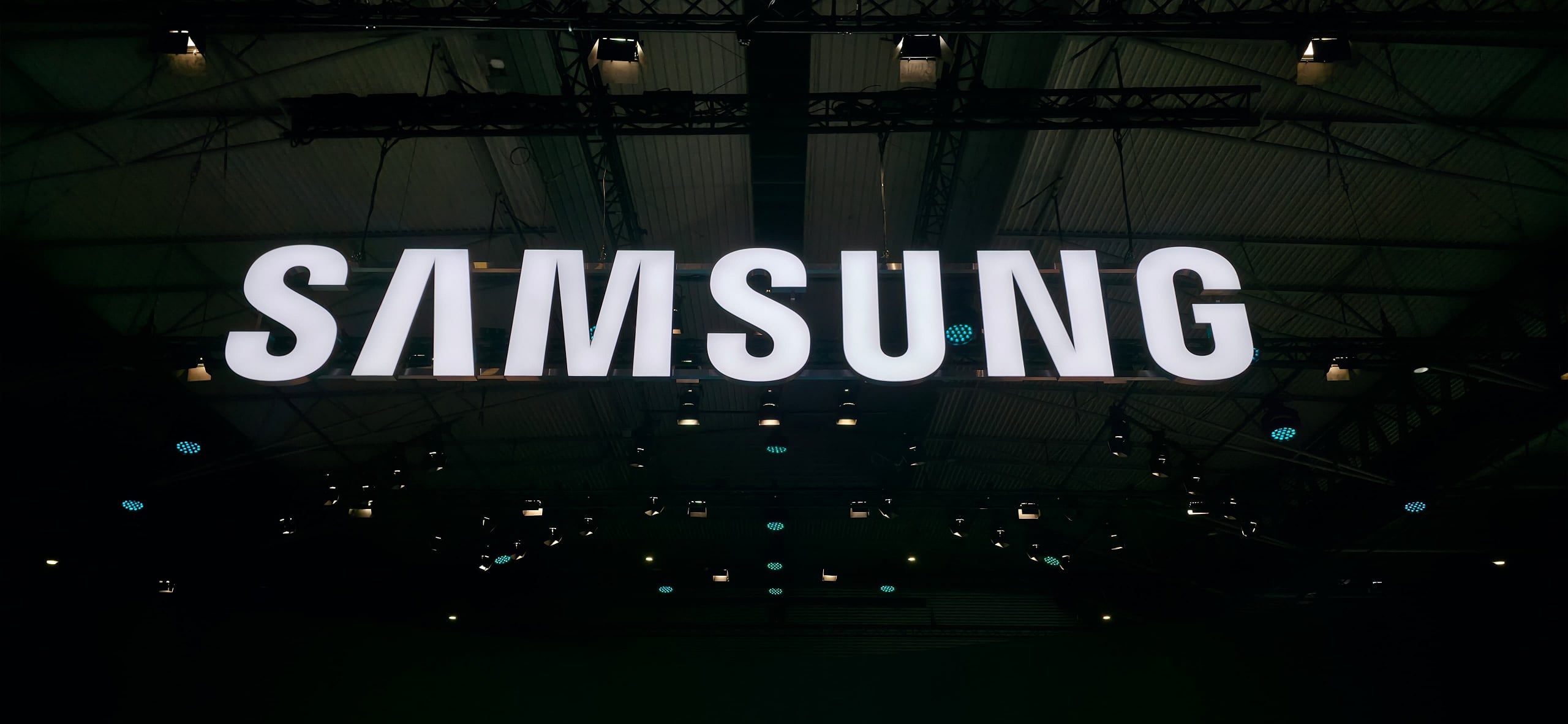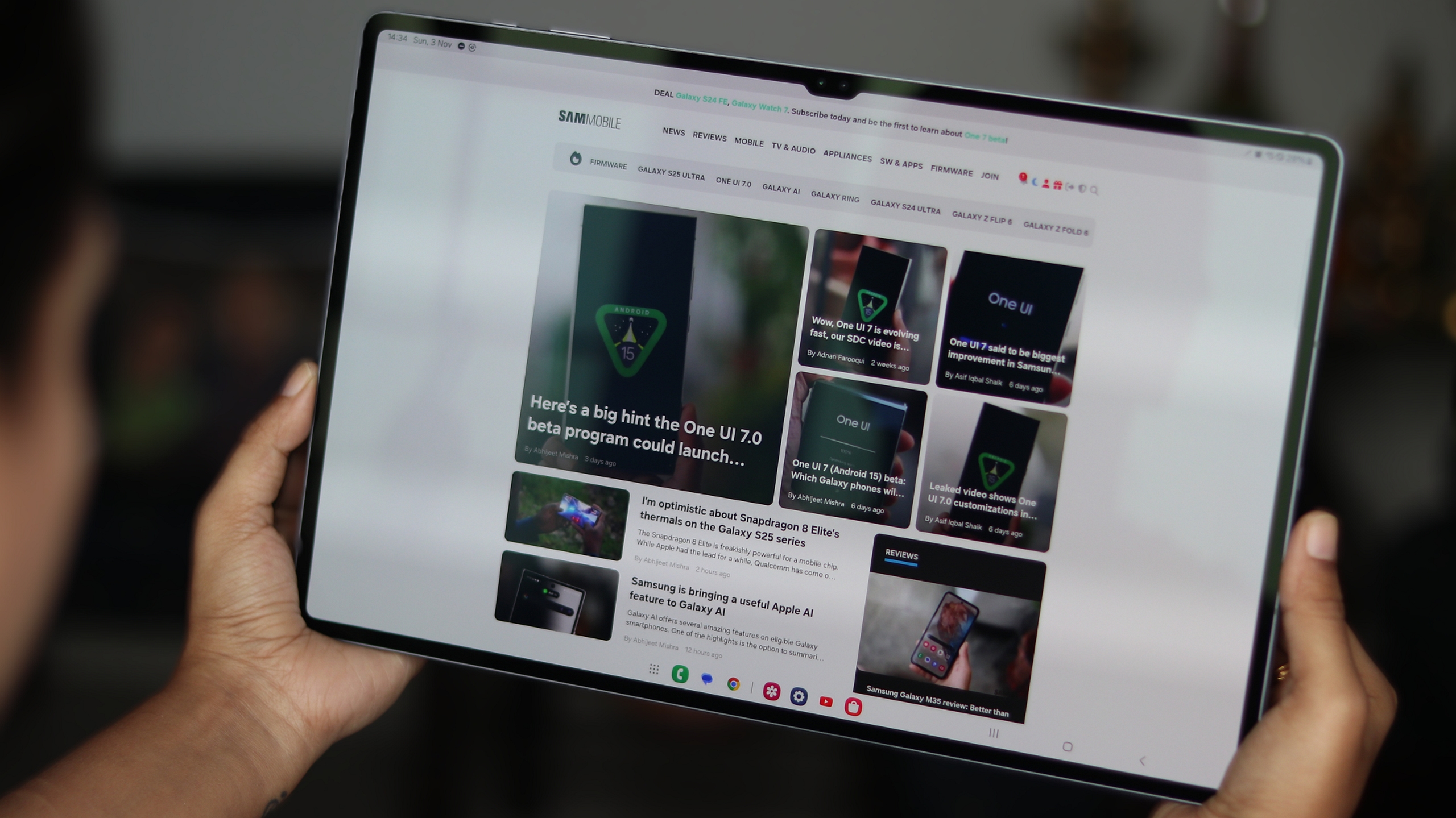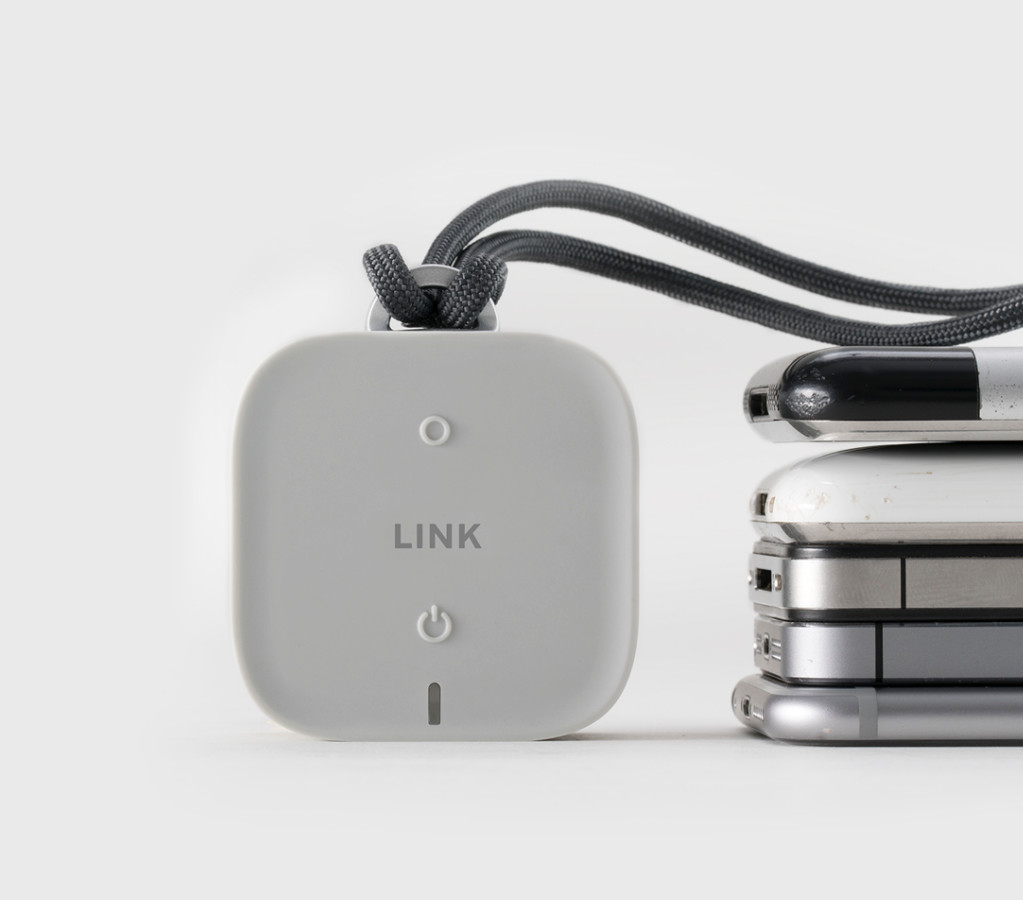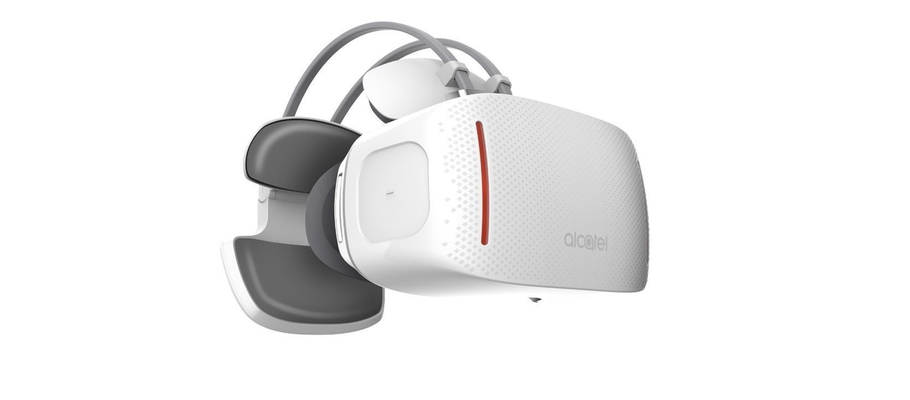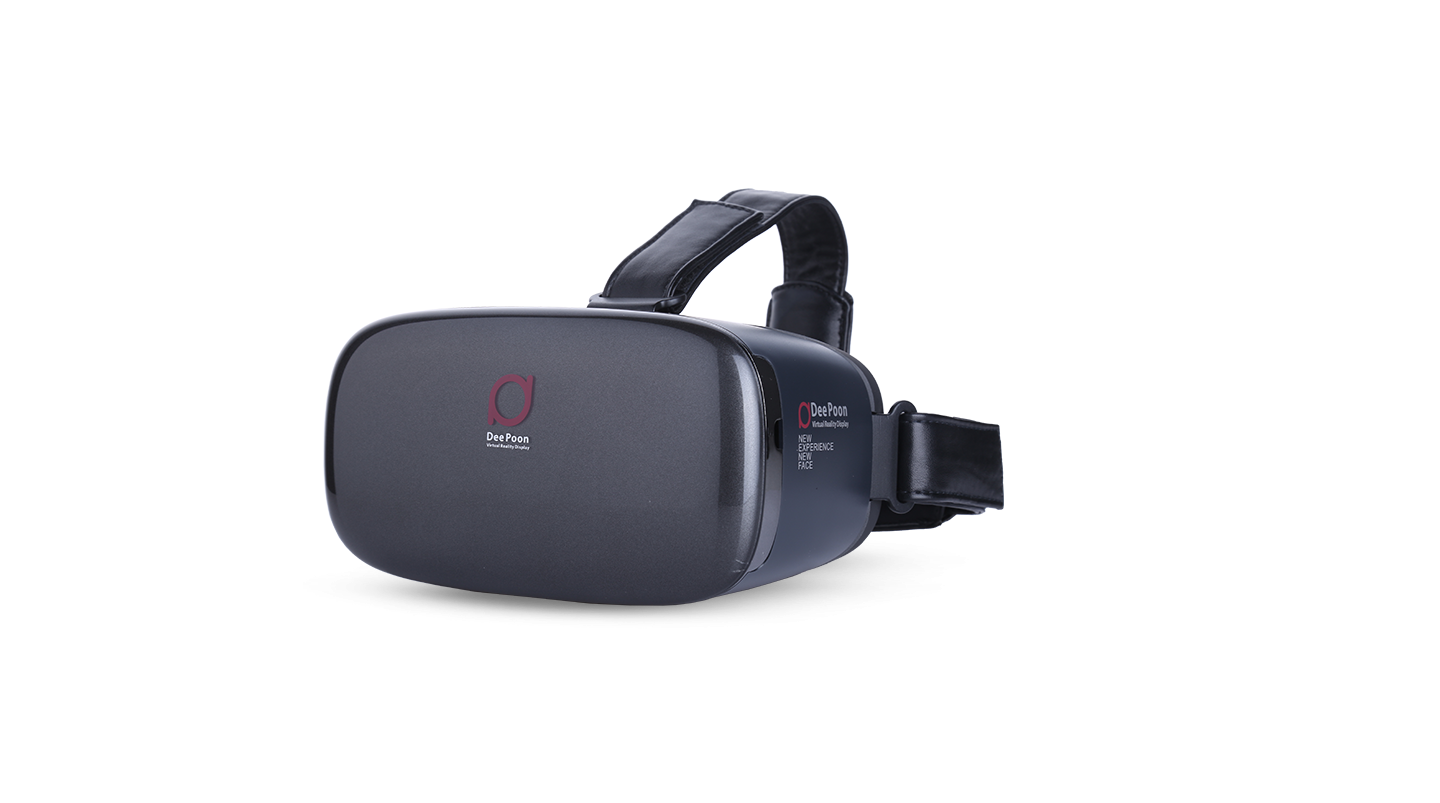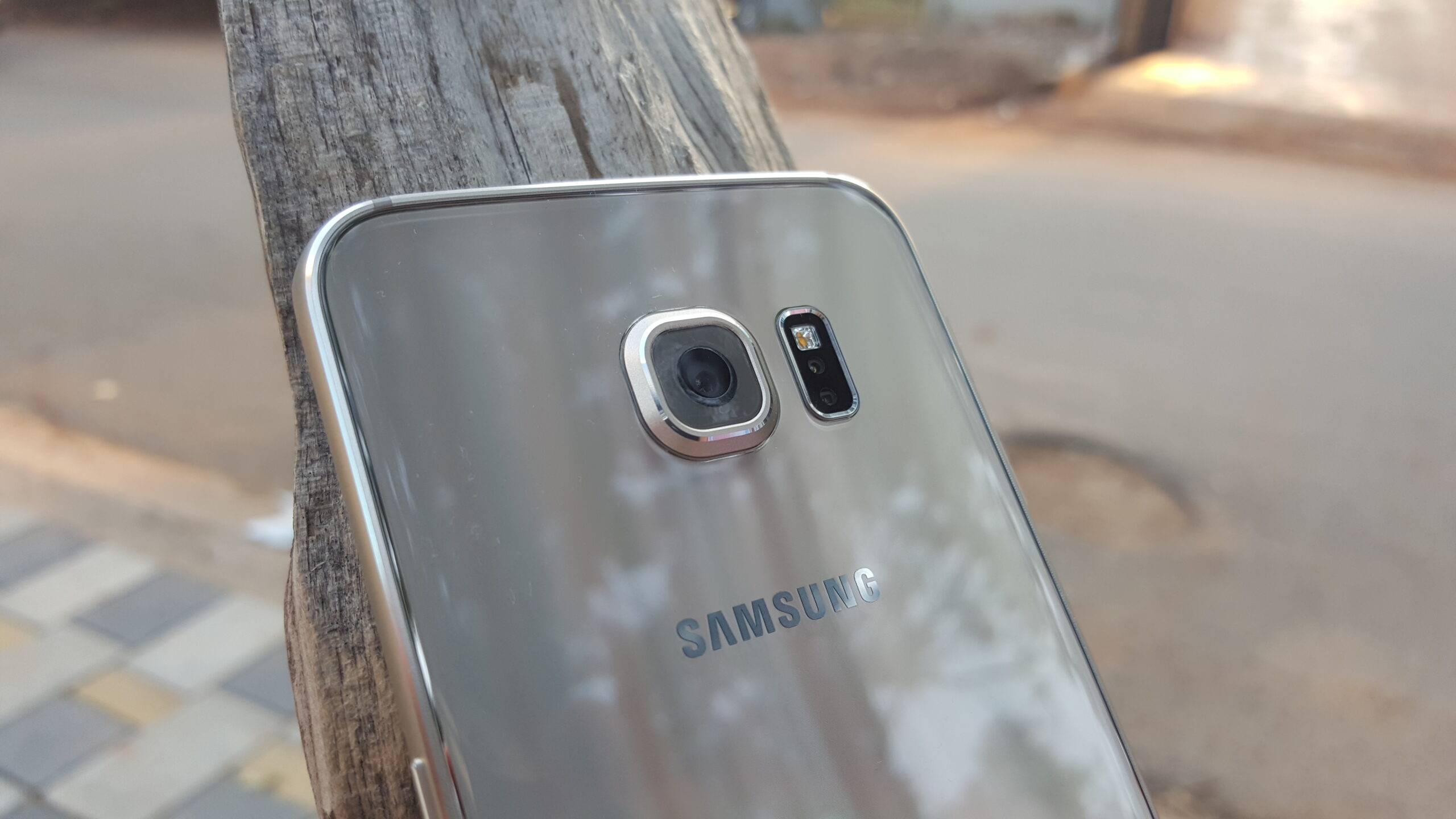
Finally, “the ultimate dream phone” has come, right?
Not even close.
The Galaxy S6 and the Galaxy S6 edge (depending on which wins your eye and your money) may be your ultimate dream phones, but neither is Samsung’s.
That’s right, I said it: neither is Samsung’s.
While customers fall in love with each new device, Samsung’s got its sights set on a bigger fish that not only looks premium but also features nothing but Samsung parts – and runs on Samsung’s own Tizen OS.
That’s the vision Samsung has in mind.
Laying out the evidence
Whenever someone makes claims like I’ve made above, it begs the question: “how do you know?”
This is a simple question to answer, fortunately. You need only take a look at Samsung’s evolution over the years to see the answer.
Camera
Sony’s known as the top go-to source for camera sensor chips in the mobile world (that includes Apple for its iPhones), and even Samsung has had a history of implementing Sony camera sensor chips into its Galaxy line. Samsung has gone back to the Sony camera sensor chips into its Galaxy Note 4, Galaxy S6, and Galaxy S6 edge, but Samsung placed its own ISOCELL camera sensor chip into the Galaxy S5.
This isn’t to say that the ISOCELL camera tech didn’t have some flaws; indeed, even early Galaxy S5 adopters at US carrier Verizon reported fatal camera flaws where some cameras would not open upon pressing the camera icon on the mobile desktop. Samsung reverted back to Sony camera sensor chips for a reason, but that doesn’t mean Samsung is finished with its own camera chips. They’ll return center stage when the time is right.
Processor
Samsung’s been implementing its own Exynos processors into Galaxy smartphones outside of the US, but this year marks the first time an American-destined smartphone from Samsung features Samsung’s home-grown Exynos processor (and the first smartphone in the US with an octa-core processor at that!), and Samsung’s octa-core processor is blowing away all of its Android rivals in speed and performance.
Samsung’s processor has come to not just Korea, or certain intended regions, but worldwide to the US, UK, and other countries. Exynos is another piece of the puzzle that will ultimately lead to the arrival of Samsung’s ultimate dream phone.
Operating System
Samsung’s Galaxy S6 and S6 edge are playing nicer with Android than the company’s smartphones have in years past. If you’re a Samsung diehard who enjoys Air View and Air Gesture, you may not find the same experience in the Galaxy S6 and S6 edge.
As many a tech reviewer has noted, Samsung’s behavior and cooperation with Google is better than it has been since the company’s smartphone lineup was created. At the same time, however, Samsung has been Tizenifying (yes, I coined this word) TouchWiz on its devices. The Galaxy S5 TouchWiz UI bears a strong resemblance to the UI on the Z1 (which runs Tizen), so the company certainly sees Tizen in its future for its smartphone lineup. While Samsung said in a recent interview that it chooses the best OS for each product, the company has also been trying to warm up Galaxy users to the idea of a high-end Tizen smartphone.
Galaxy S6 and S6 edge users, you may hold your shiny new device in your hands and think that Samsung’s accomplishments couldn’t get any better, but for Samsung, they can. Tizen didn’t arrive on the Z1 without reason. What many critics have said is nothing more than “a dabbling adventure” for the Korean manufacturer is actually a significant piece of the puzzle. When the dust settles, Android will forever be Google’s software. If you think Samsung’s okay with having to play nice with Google by placing Google apps at the forefront of its experience and being told to “play it down a lot” in the software department, you’re in for a real disappointment.
Conclusion
These are just a few examples to show that Samsung’s latest devices aren’t the very best of Samsung. True, they are excellent, phenomenal, and a whole host of other positive adjectives you can brainstorm, but they’re not Samsung’s ultimate dream smartphones. Not even the Galaxy Note 5 and Note Edge 2, scheduled for an announcement this coming Sept, will be Samsung’s ultimate dream phones.
What is Samsung’s ultimate dream phone? A high-end smartphone whose hardware and software scream Samsung: top-of-the-line camera sensor (ISOCELL), Exynos processor (that will blow away the competition even more than the current Exynos 7420 processor), a Super AMOLED display (Samsung’s own), and software that runs on Tizen OS (Samsung’s own OS), done Samsung-style. That’s right: Samsung will no longer be told to “play it down, you’re doing too much, users don’t want that” kind of talk.
In the final analysis, the Galaxy S6, S6 edge, Note 4, S6 Active, Note 5, and Note Edge 2 will be seen for what they truly are: small milestones on the path to total success. When Samsung’s dream phone arrives, all these other top smartphones will be seen as pioneers in the company’s journey to greatness.
You may or may not like or care for Tizen now, and you may still hate Samsung’s smartphones, but Samsung’s working on the ultimate dream phone – and you – in the process.


